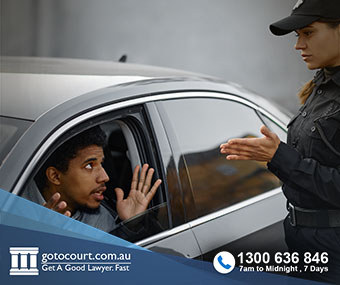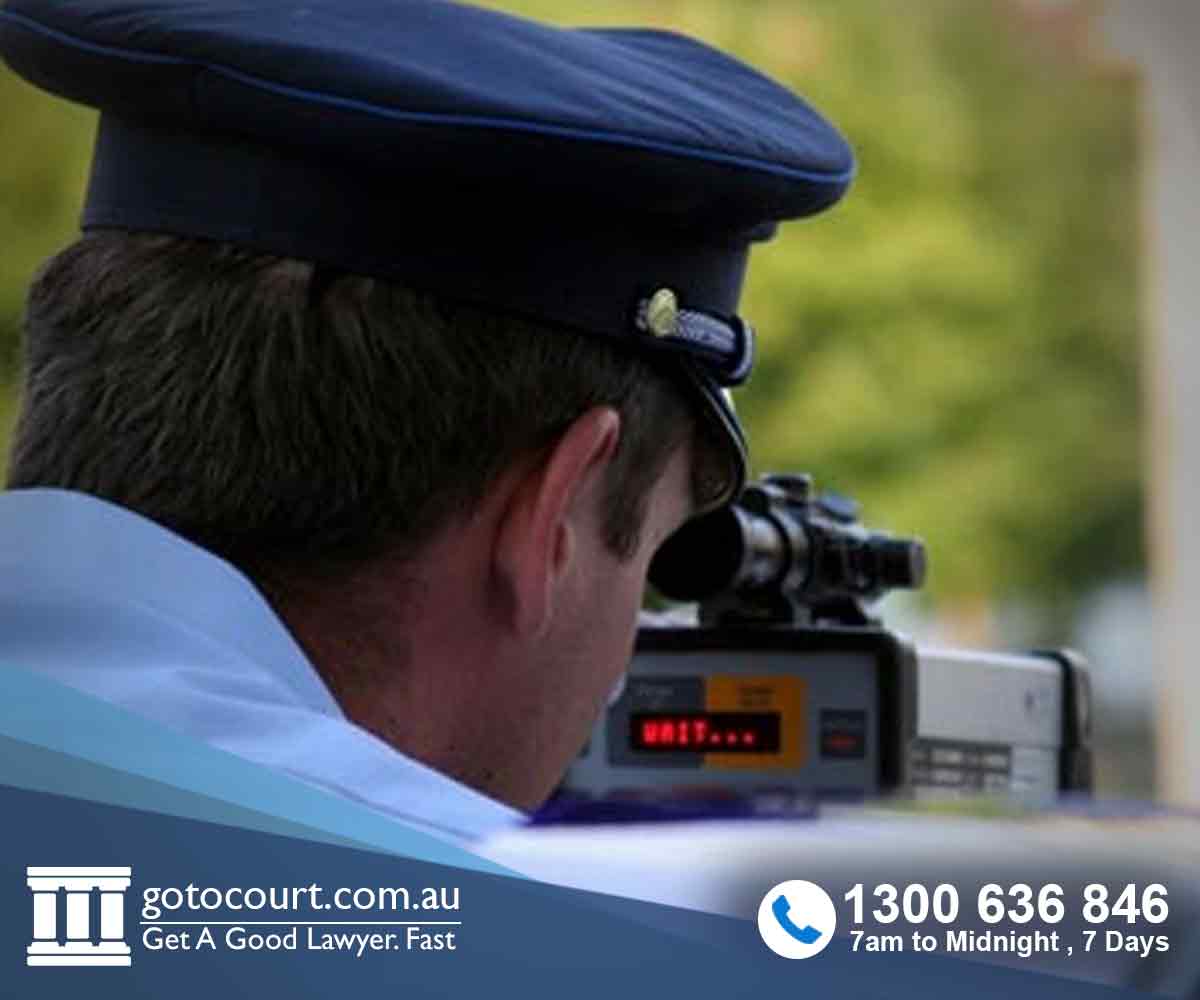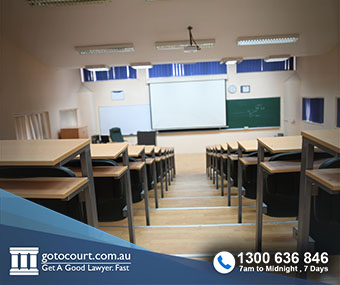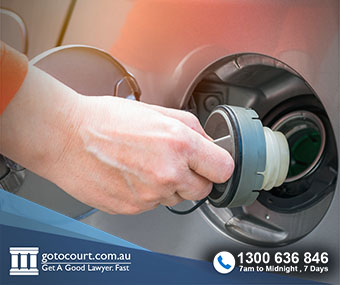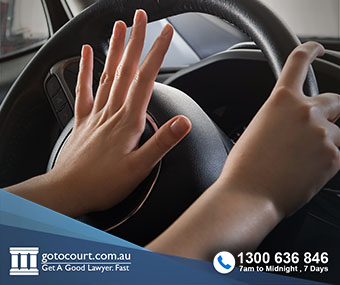Driver Licence Disqualification Reforms in NSW
Licence Disqualification – New Legislation, New Approach
The law with respect to driver licence disqualification in New South Wales has been amended under the new Road Transport Amendment (Driver Licence Disqualification) Act 2017 (NSW). The amendments came into effect as of 28 October 2017. The purpose for the reforms is to ensure that the penalties for unauthorised driving offenders are commensurate with the offences they commit. However, the reforms also give disqualified drivers who have complied with their licence disqualification conditions a pathway back to lawful driving, thereby providing an incentive for disqualified drivers to comply with those conditions.
The changes include the following:
- Revised penalties for unauthorised driving offences, such as unlicenced driving and driving while suspended.
- Removing long-term licence disqualification periods;
- Abolition of the Habitual Traffic Offenders (HTO) Scheme;
- Increased police powers to respond to dangerous driving and repeat offending.
Removing Long Term Disqualification Periods
A ‘long-term’ licence disqualification period extends for a minimum of two years. During this time, offenders in NSW will not be able to drive under any circumstances.
General Eligibility for Licence Reinstatement
If a person has been compliant with the disqualification conditions set by the Court, and they have not re-offended during their disqualification period, they may be eligible to apply to the Local Court to have the remainder of their disqualification period set aside.
Four-Year Eligibility
A person who is convicted of any of the following offences will need to remain compliant with the terms of their disqualification for a minimum of four years to be eligible to apply to have their disqualification removed:
- Driving under the influence of alcohol (impaired driving);
- Driving under the influence of narcotics (impaired driving);
- Negligent driving not occasioning death or grievous bodily harm;
- Driving furiously, recklessly or at a speed or in a manner dangerous to the public;
- Menacing driving or driving in a manner suggesting the possibility of menace;
- Refusing or failing to submit to a breath analysis;
- Refusing or failing to supply a blood sample, oral fluid sample, or urine sample, or preventing the taking of a sample;
- Wilful introduction or alteration of the concentration or amount of any alcohol or other drugs in a driver’s saliva or blood (doing anything that alters a driver’s blood/saliva test);
- Exceeding the speed limit by more than 30 kilometres per hour;
- Racing on public roads; attempting speed records and other speed trials on public roads;
- Road and drag racing and other similar activities.
Two-year Eligibility
A person whose disqualification was grounded on any of the following offences will need to remain compliant with the terms of their disqualification for a minimum of two years to be eligible to apply to have their disqualification removed:
- Declared a Habitual Traffic Offender; or
- Committed any other driving offence not included above.
Exceptions to Eligibility
No person is eligible to apply to the Local Court to have their disqualification removed if they have been convicted of one of these serious driving offences:
- Murder or manslaughter caused by the use of a motor vehicle;
- Any offence under the Crimes Act 1900 (NSW) which encompasses or includes causing the death, grievous bodily harm, or wounding of another person by a motor vehicle;
- Predatory Driving, including road rage and aggressive ‘tailgating’;
- Refusing to stop after a police command to do so, leading to a police pursuit;
- Negligent driving causing death or grievous bodily harm;
- Intentional menacing driving;
- Failing to stop and assist after a vehicle impact which caused death or grievous bodily harm.
A person is not eligible to have their disqualification lifted if they are currently serving a five-year disqualification period as a result of their refusal to have an interlock device installed in their vehicle despite being ordered to do so by the Court.
How to Apply for Removal of Disqualification
Before applying to the Local Court, the disqualified driver must complete a preliminary application with the Roads and Maritimes Services (RMS) called the Driving Record Application for Disqualification Removal Order.
Once the RMS has reviewed an application and determined the eligibility of the applicant, a copy of the applicant’s driving record and an eligibility status letter is sent to them. If the person is deemed eligible by the RMS, they are then able to apply to the Local Court by filing an Application to Remove Driver Licence Disqualification.
The applicant will need to attach to their application the RMS Driving Record and the Eligibility Status documents received from the RMS. A fee is payable to the Local Court when lodging their application.
Considerations for the Court
In determining whether it is appropriate to remove the driver licence disqualification, the Local Court must consider the following:
- General public safety;
- Applicant’s complete driving record;
- The nature of the offences that originally led to the disqualification;
- Compliance with the driving disqualification – whether the applicant drove, or it appeared to the police that they clearly intended to drive, during the disqualification period;
- Applicant’s general conduct after being disqualified, including whether they have paid any fines associated with their disqualification;
- Any other relevant circumstances including the impact on the Applicant’s capacity to carry out family or carer responsibilities, or their capacity to find alternate means of transport to work, education, or training;
- Applicant’s general health and financial position.
Successful Applications
If the Local Court decides to remove a licence disqualification, the Applicant will not be eligible to drive immediately. The disqualified driver must re-apply to the RMS for a licence and complete the standard road safety and knowledge tests (and any other required tests). There is no circumstance where a disqualified person’s licence is returned to them without conditions. Persons whose disqualification has been removed are strongly advised not to drive until they have had a valid licence issued to them from the RMS. Persons found driving before then could face a charge of unauthorised driving. This could cause the Court to reinstate the original disqualification with additional penalties.
Rejected Applications
If the Local Court rejects an application to remove a licence disqualification, the disqualified driver cannot make another application to the Local Court until twelve (12) months have passed from the date of the Court decision refusing the removal. When the twelve months have elapsed, the disqualified driver must re-commence the application process and must meet the eligibility criteria as set out above.
Revised Penalties for Unauthorised Driving Offences
Before the most recent changes to the law in NSW, the penalties for unauthorised driving offences were often similar to the maximum penalties given for serious criminal offences. Many of these penalties have been deemed as too severe. The new laws provide a more balanced penalties’ regime for unauthorised driving offences, in relation to the penalties for other driving offences.
Any disqualification imposed by the Court begins on the day that the Court records the conviction unless the Court orders the disqualification to begin on a later date.
Driving While Disqualified, Suspended, Cancelled, or Refused
First Offence for Disqualified/Suspended Driving
The Court will consider an offence to be a ‘first offence’ if the driver is convicted of driving while their licence is either disqualified, suspended, cancelled, or refused, but, within the previous five years, have no convictions recorded for driving while disqualified, suspended, cancelled, refused, when never licenced, or for any other major offence.
The penalties for ‘first offence’ driving while disqualified, suspended, cancelled, or refused are:
- A maximum fine of $3300; and/or
- A maximum term of imprisonment of 6 months; and
- An automatic disqualification period of 6 months; or
- A minimum disqualification period of 3 months.
Second or Subsequent Offence
The Court will consider an offence to be a ‘second or subsequent offence’ if the driver is convicted of driving while their licence is either disqualified, suspended, cancelled or refused and, within the previous five years, they have been convicted for driving while disqualified, suspended, cancelled refused, never licensed, or for any other major offence.
The penalties for a ‘second or subsequent offence’ of driving while disqualified, suspended, cancelled, or refused are:
- A maximum fine of $5500; and/or
- A maximum term of imprisonment of 12 months; and
- An automatic disqualification period of 12 months; or
- A minimum disqualification period of 6 months.
Driving with a Licence Cancelled or Suspended for Non-payment of a Fine
First Offence
The Court will consider an offence to be a ‘first offence’ if the driver is convicted of driving while their licence is either cancelled or suspended for non-payment of fine, and within the previous five years they have not been convicted of the same offence.
The penalties for a ‘first offence’ of driving with a cancelled or suspended licence for non-payment of fine are:
- A maximum fine of $3300; and
- An automatic disqualification period of 3 months; or
- A minimum disqualification period of 1 month.
Second or Subsequent Offence
The Court will consider an offence to be a ‘second or subsequent offence’ if the driver is convicted of driving while their licence is either cancelled or suspended for non-payment of fine and within the previous five years they have been convicted of the same offence.
The penalties for ‘second or subsequent offence’ driving with a cancelled or suspended licence for non-payment of fine are:
- A maximum fine of $5500; and/or
- A maximum term of imprisonment of 6 months; and
- An automatic disqualification period of 12 months; or
- A minimum disqualification period of 3 months.
Driving by a Driver Never Licensed
First Offence
The Court will consider an offence to be a ‘first offence’ if the driver is convicted of being a Driver Never Licensed and within the previous five years they have no convictions for the same offence.
The penalty for ‘first offence’ of driver never licensed is:
- A maximum fine of $2200
Second or Subsequent Offence
The Court will consider an offence to be a ‘second or subsequent offence’ of being a Driver Never Licensed if, within the previous five years, they have been convicted of the same offence.
The penalties for ‘second or subsequent offence’ of driver never licensed are:
- A maximum fine of $3300; and/or
- A maximum term of imprisonment of 6 months; and
- An automatic disqualification period of 12 months; or
- A minimum disqualification period of 3 months.
Habitual Traffic Offenders (HTO) Scheme Abolished
The previous scheme allowed for a person to be declared a ‘Habitual Traffic Offender’ (HTO) if they had been convicted of three relevant serious driving offences in a five year period. The new laws do not contain any reference to a HTO Declaration. Therefore, a HTO Declaration can no longer be imposed.
It is important for persons who currently have a HTO Declaration against them to note that the order will remain in force until all orders of the Court have been served. Disqualified HTOs will need to either apply to their Local Court to have their HTO Declaration quashed or to have their disqualification lifted. The criteria to remove long term disqualification periods as specified above will apply under the new regime.
Increased Police Powers To Deal With Repeat Offenders
Police powers have been increased with respect to the following offenders:
- Disqualified drivers who exceed the speed limit by more than 30 kilometres per hour; or
- Any person who drives while disqualified, or never licenced, and who has been convicted of 2 or more serious driving offences in the previous 5 years.
The police are able to impose the following immediate sanctions:
- Remove and retain a vehicle’s registration plates;
- Impound a motor vehicle.
The period of time that a vehicle’s registration plates may be retained by police, or a motor vehicle may be impounded, will depend on the nature of the offences committed. The new laws also give police additional powers to impose tougher sanctions on disqualified drivers who commit serious driving offences while disqualified.

